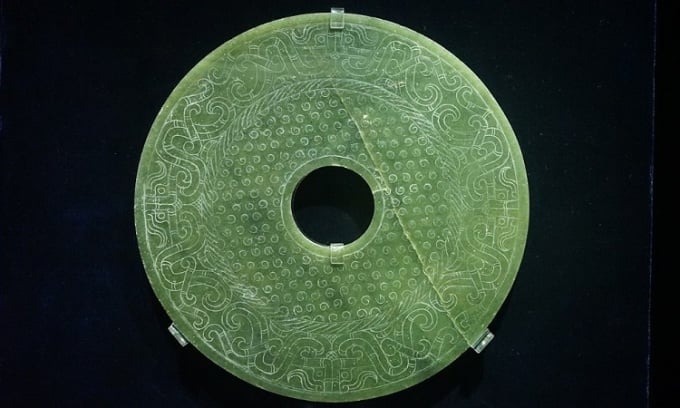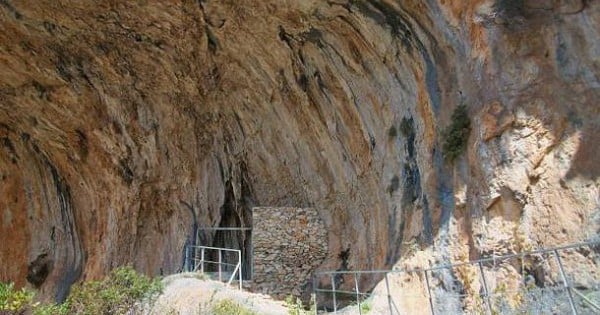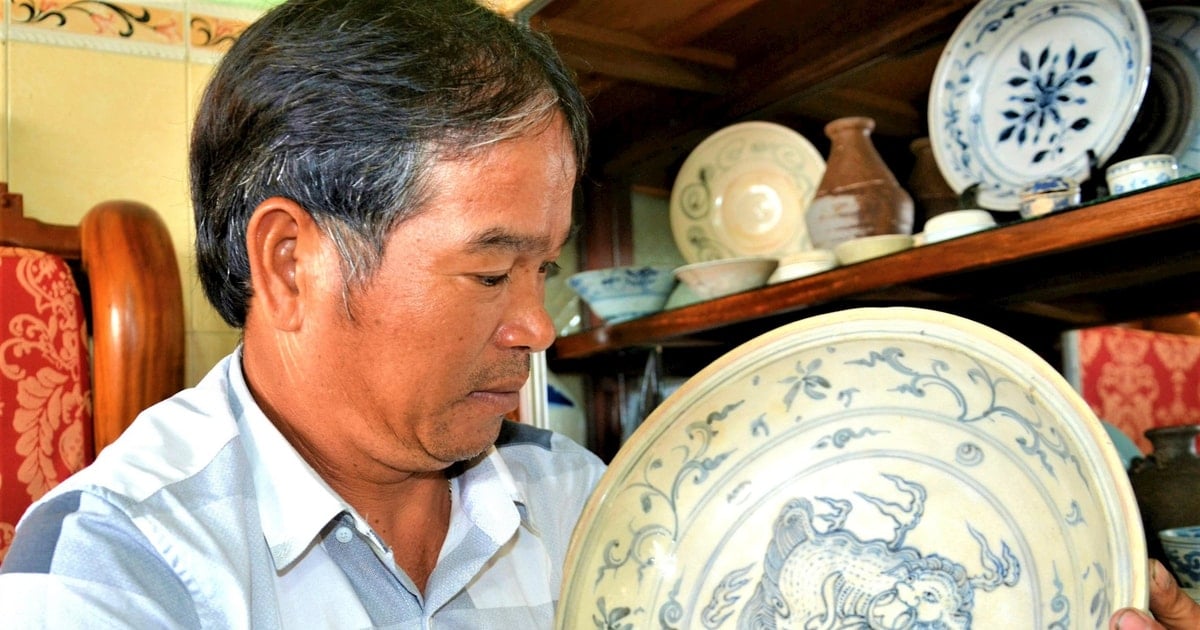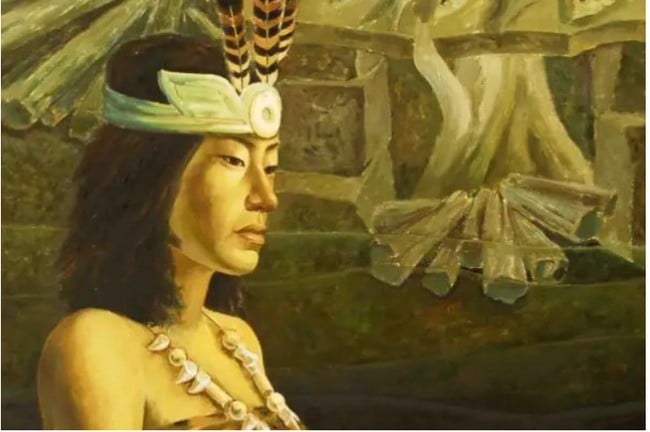Archaeologists have discovered jade discs in many thousand-year-old tombs, but their function and how they were made are still unknown.

Jade disc carved with dragon excavated in Yunnan. Photo: Wikipedia
In ancient China, since at least 5000 BC, large stone discs were placed on the bodies of noblemen. Their original function remains a mystery to scientists, as does their method of manufacture, since they were carved from extremely hard jade, according to Ancient Origins .
Jade is a rare hard stone composed of various silicate minerals, often used to make vases, jewelry, and many other decorative items. This stone is usually colorless, but if contaminated with other materials such as chrome, it will turn emerald green. There are two main types of jade: jade and marble. Because of its natural hardness, jade is a very difficult material to work with. Therefore, researchers are still puzzled about why the Neolithic Chinese chose such a stone.
Since the jade discs were made in a time when no metal tools were found, archaeologists believe they were probably created through a process of heating and polishing, which would have required an extremely long time. The jade discs are flat, ring-shaped pieces of jade crafted by the Liangzhu culture, which flourished during the late Neolithic period from 3300 to 2300 BC. Their elaborate jade artifacts are believed to have been ritual objects, demonstrating complex craftsmanship and elaborate production processes. Many of the pieces bear symbols that point to heaven.
Discovered in many noble tombs from the Hongshan culture (3800-2700 BC) to the Liangzhu culture (3000-2000 BC), jade discs were placed in prominent positions on the deceased's body, such as the forehead, chest, and bottom of the feet. According to one theory, jade discs guided the soul of the deceased to heaven. Another theory is that ancient people believed that jade could prevent the body from decomposing. Jade discs were likely used in rituals or customs for entering the afterlife. At 50 excavation sites in Zhejiang province, China, many walls, workshops, and tombs were decorated with jade.
Some researchers believe that the jade disc represents the Sun or the wheel, reflecting the cyclical nature of life and death. Through the jade disc, the people of the Liangzhu culture were able to express their understanding of the endless journey of life through different stages.
An Khang (According to Ancient Origins )
Source link




















![[Video] Approval of the Master Plan for the Construction of a High-Tech Forestry Zone in the North Central Region](https://vstatic.vietnam.vn/vietnam/resource/IMAGE/2025/4/12/93e860e3957940afaaab993c7f88571c)













![[Photo] "Beauties" participate in the parade rehearsal at Bien Hoa airport](https://vstatic.vietnam.vn/vietnam/resource/IMAGE/2025/4/11/155502af3384431e918de0e2e585d13a)































































Comment (0)